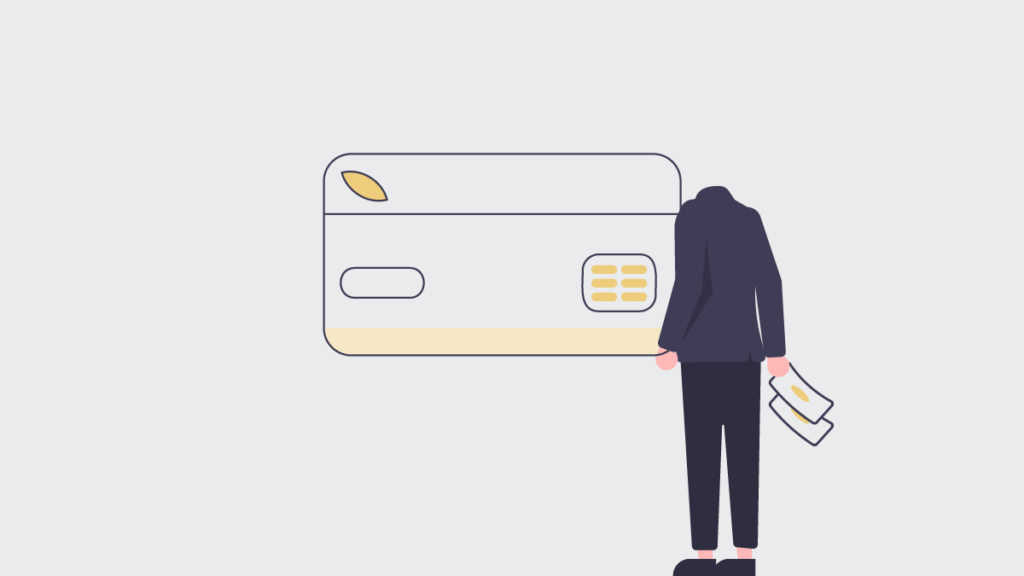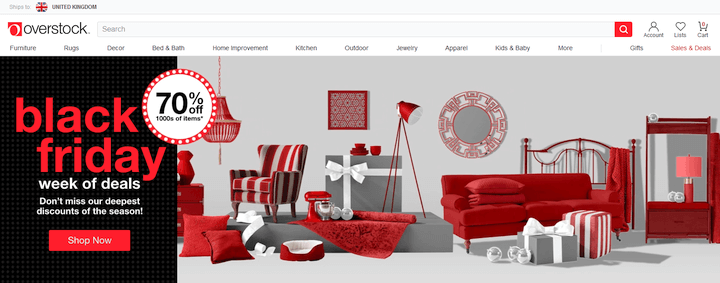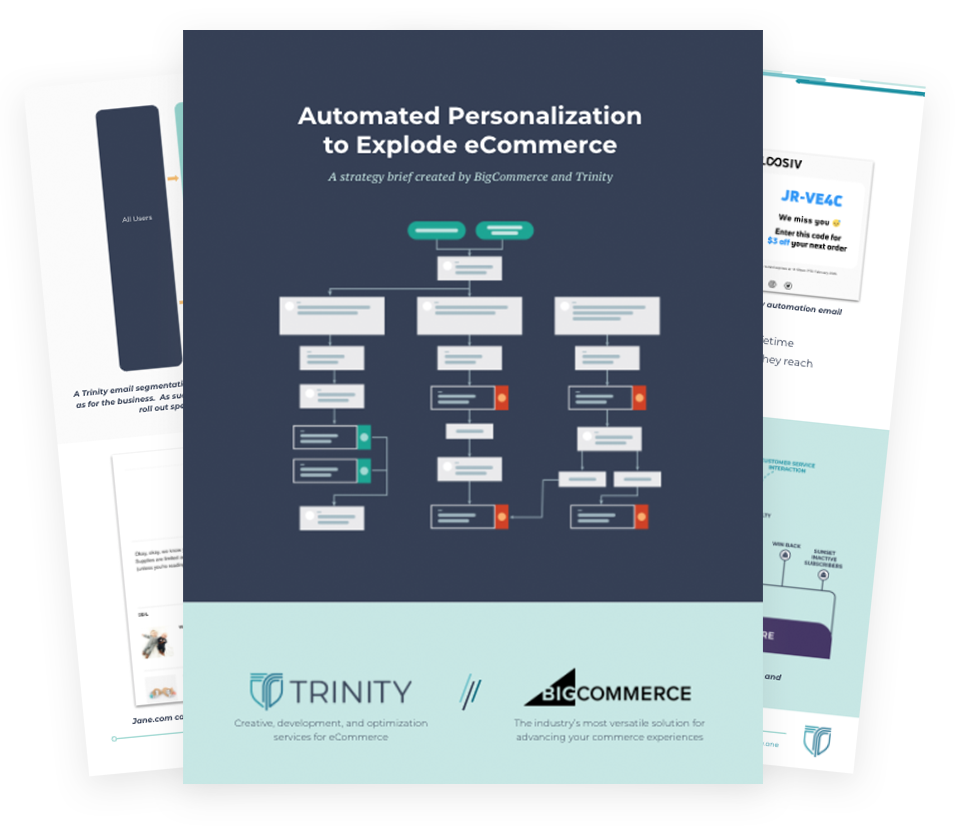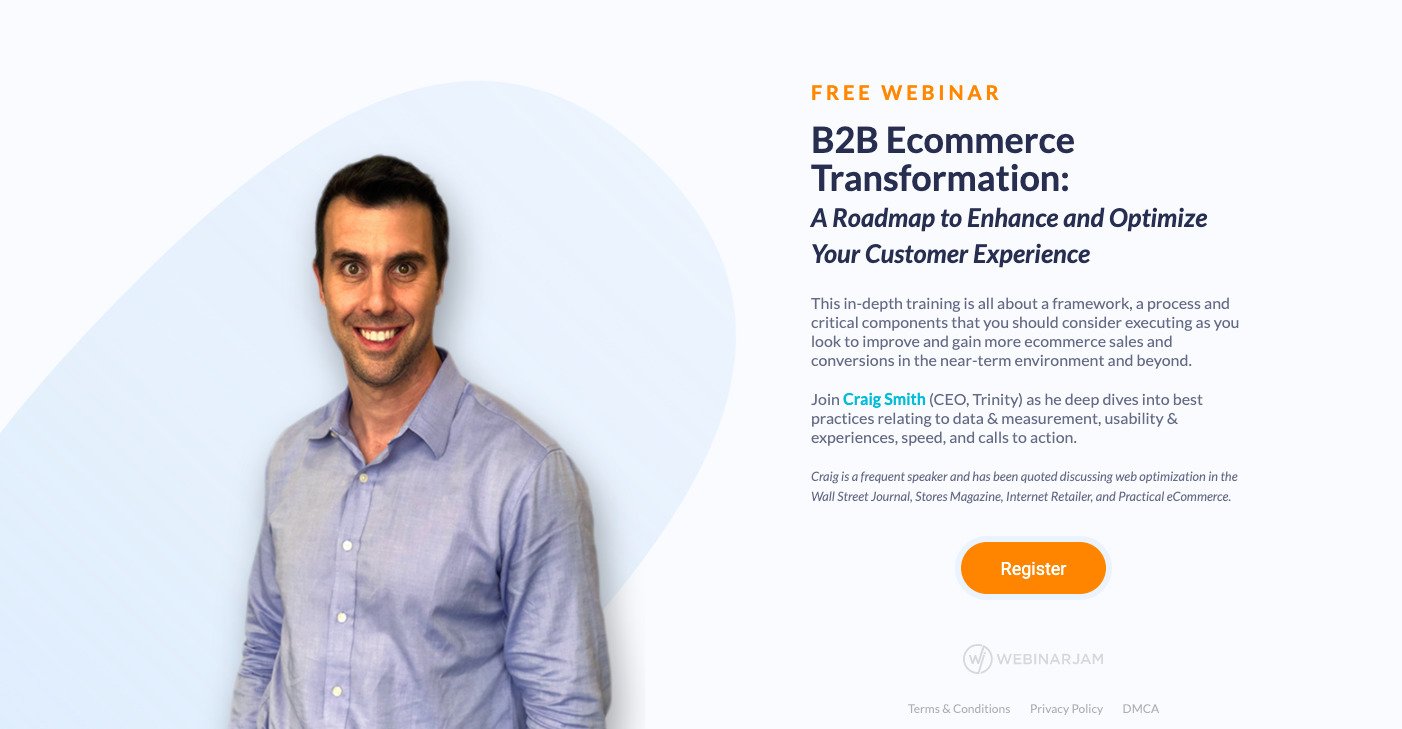If you work in the digital or ecommerce industry, you have likely heard of the term “headless commerce” and may be wondering what the business value is of this new buzzword. In this post, we will discuss the skinny about headless: what it is, how it helps, and best practices in programming for headless commerce in ecommerce.
To start off, what is headless commerce?
Headless commerce is a new trend in which ecommerce businesses are moving away from having an online store on their website and instead connecting to external services (think Facebook or Pinterest) to display products.
A headless commerce approach can be defined as “an architecture in which all of the functions traditionally performed on (or via) a frontend website are instead fulfilled by one or more services.”
The term “headless” refers to the fact that these companies do not have any web interface for managing products or inventory, so it’s all managed through API calls and other web-based tools.
Let’s go over some of the benefits of using a headless architecture with ecommerce platforms as well as some strategies you can use when implementing your own system.
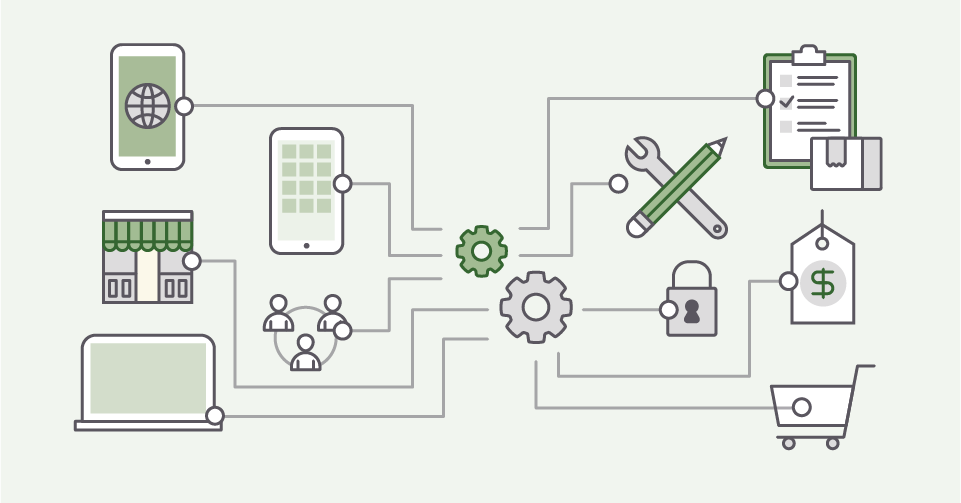
When should I explore headless as an ecommerce business strategy?
The most attractive benefit from a headless implementation is making your site faster. By converting the site to a headless implementation within a React Progressive Web App, for example, site speed can be dramatically impacted. For example, Venus Swimwear grew conversion 24% from this strategic initiative.
Also do not underestimate the ecommerce seo benefits that are realized when moving to a faster storefront as Google’s core web vital metrics are met with passing grades.
What is the best way to deploy headless?
One way to deploy headless commerce is the “headful-commerce” approach where both sites are active in parallel. This means that your frontend site’s interface and back end services interact with one another, while a second site provides a more comprehensive customer experience for those who prefer it or need it on desktop devices.
Note that this strategy requires some development resources to create two separate user interfaces (one for mobile, one for desktops).
The other option is what we call “headless” commerce—where all of the functions traditionally performed on eCommerce websites are instead fulfilled by one or more services behind the scenes. In such an architecture, you would use business logic running in external systems to provide product information and pricing.
What technical disciplines are needed?
Development teams are needed and should ideally include a mix of software engineers, web designers/front-end developers (HTML, CSS), back-end architects or application servers, and data analysts.
What are best practices for a headless project?
Here we’ll outline some thoughts around architecting a successful project with reference to three key areas: project management; development philosophy; personnel selection.
The key to a successful headless commerce project starts with setting expectations and understanding requirements. A thoughtful plan for managing risks, scope creep, and technical debt is crucial in achieving this.
Ideally this should be documented as part of an e-commerce strategy document outlining that include the following:
- Business goals; data architecture specifications; technological tools/services required (e.g., custom software development)
- Infrastructure considerations such as monitoring, scalability, security etc.; quality assurance processes
- Change control procedures that will be implemented during all phases of the implementation cycle to ensure stability and integrity are maintained throughout the lifecycle of your IT initiative
- Outsourcing recommendations when applicable or necessary
How do we manage risk?
It starts with an implementation plan that communicates all steps of the project, from planning to resource allocation to how the project will be monitored and controlled. This plan should include a description of all identified risks, both internal (e.g., inadequate staffing) and external (e.g., new technology), along with proposed mitigation strategies for each risk.
How do we prioritize?
You may have more than one important headless commerce strategy that requires funding or executive sponsorship at any given time. That’s why it’s so important to understand what your business goals are before you embark on this journey in order to establish measurable objectives from day one of every initiative.
What architectures can I use for my data store?
There are many options available today: relational databases like MySQL; NoSQL stores such as MongoDB; distributed file storage systems as well as new technology like blockchain.
How do I write my data to the storage layer?
It depends on which type of database or file store you’ve chosen, but ultimately it boils down to storing your data in a format that can be accessed and processed by the analytics service (e.g., Apache Kafka).
What is an API Gateway?
An API gateway is responsible for receiving requests from clients, authenticating those requests, routing them to backend microservices as appropriate, executing code against these services and returning responses back to the client.
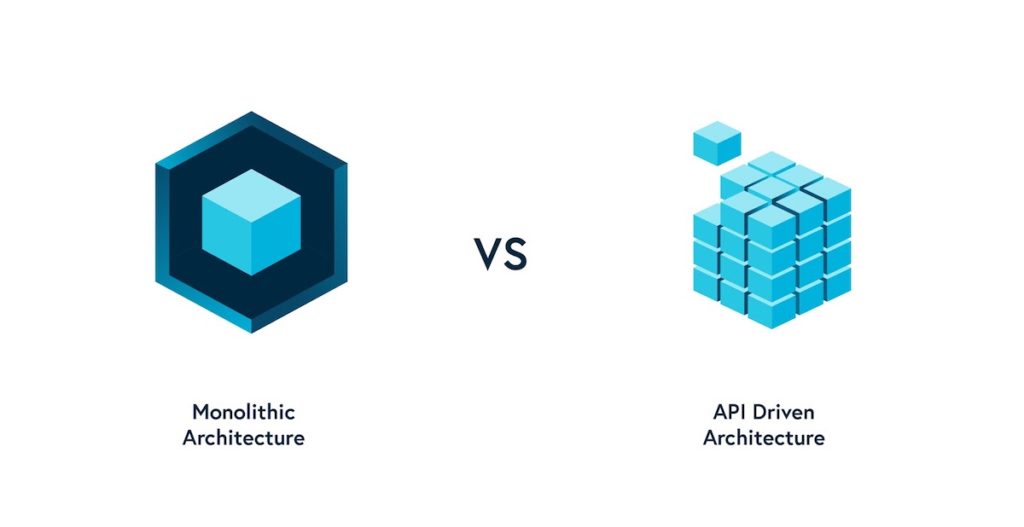
When should we use serverless architecture with headless commerce implementations?
You should use serverless architecture when there are multiple functions at different levels of abstraction where some needs access rights enforcement and others require only network visibility.
What are the primary advantages of a headless commerce approach?
The primary advantages of headless commerce installations are that they reduce latency, allow for the development of more sophisticated IoT services, and provide a simpler integration to existing ERPs.
How does headless commerce affect my front end website?
If the headless commerce system is integrated with your front end website, a server-side API can be used to request data from the headless architecture. This will enable complete control of ecommerce UX without platform constraints.
What are some of the disadvantages?
The main disadvantage of headless commerce is that it takes time and resources to build out a backend service infrastructure for hosting the entire application stack.
The other drawback would be how this implementation affects latency. This is because you must have an internet connection present at all times in order for these systems to work. With any type of software solution there will always be trade offs. You cannot simply point to one side over another, so instead, weigh them against each other according as best suits your needs.
Furthermore, headless is not a seamless replacement for traditional out-of-the-box ecommerce systems. Traditional ecommerce solutions have been optimized over time and provide all sorts of tools to optimize merchandising, marketing campaigns, demand forecasting etc.
You lose those optimizations with a headless implementation. Headless implementations require you to develop your own integrations between different services like customer relationship management (CRM), marketing automation, and/or analytics platforms. These can be difficult depending on how well these apps work together today.
Some companies also find migrating their existing data from an old system into a new one takes considerable effort because it’s inextricably linked with every other system.
Final Perspectives
Headless Commerce is a viable option for brands looking to enhance the flexibility and performance of their ecommerce website. With headless commerce, there’s no need to worry about scaling our infrastructure or hosting limitations. Plus, it allows us to focus on what matters most: Building an engaging experience with loyal customers that will keep them coming back time and again.
Check out these examples from SimiCart to see some brands utilizing headless commerce well.
If you are interested in hearing more about how your brand can optimize your ecommerce experience, please feel free to contact us today for a free 30-minute strategy session.


